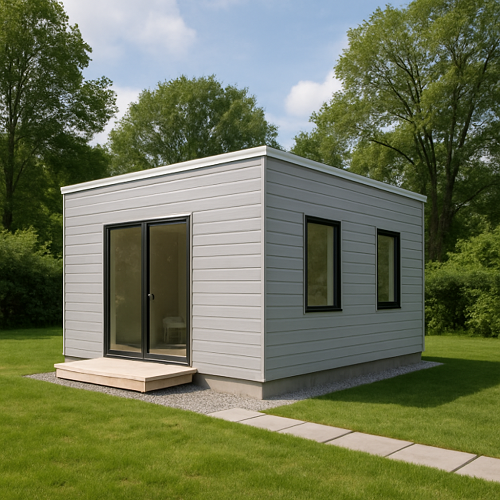In recent years, prefabricated houses have become a popular solution for modern homebuyers seeking affordable, efficient, and environmentally friendly living. Unlike traditional construction methods that can take months or even years to complete, prefabricated houses are built off-site in a controlled factory environment and then assembled on-site. This method significantly reduces construction time while maintaining high-quality standards.
What Are Prefabricated Houses?
Prefabricated houses, commonly referred to as prefab homes, are constructed using factory-manufactured components, including wall panels, floors, and roofs. These components are transported to the construction site and assembled like building blocks. Prefabricated houses come in a variety of styles, ranging from small, minimalist designs to luxurious multi-story residences.
Advantages of Prefabricated Houses
- Faster construction: Since most of the work is completed in the factory, weather delays can be avoided, and the house can be built in a matter of weeks.
- Cost-effective: Prefabricated houses minimize material waste and labor costs, making them an economical alternative to traditional homes.
- Environmental friendliness: Factories can recycle materials, reduce waste, and implement energy-efficient processes. Many prefabricated houses also use sustainable building materials.
- Design flexibility: Homeowners can choose from various layouts, finishes, and styles to create personalized spaces.
- Durability: Prefabricated components are typically designed to withstand transportation and installation, resulting in structurally sound and reliable homes.
Why Prefabricated Houses Represent the Future
As urban populations grow and housing demand increases, prefabricated houses offer an ideal solution for rapid and efficient development. They align with modern demands for sustainability, affordability, and smart design. With advancements in modular technology, 3D printing, and green building, prefabricated houses are no longer just a trend—they represent the future of residential construction.



































